Alcalá de Henares (Madrid, Spain) 10-14th June
‘HUMAN CHALLENGES IN A CONTEXT OF CHANGING LANDSCAPES’
The LAC2024 Conference Organized by the Spanish National Research Council (CSIC), the International Association of Landscape Archaeology (IALA) and by the University of Alcalá, Spain on 10-14 June is now over.
Many thanks to all those who have accompanied us in this project and made it possible: to the University of Alcalá for their generosity in letting us use their excellent facilities, to all the suppliers involved in the organisation for their professionalism and above all to the attendees, for contributing with so many ideas, research papers and for their active and positive participation.
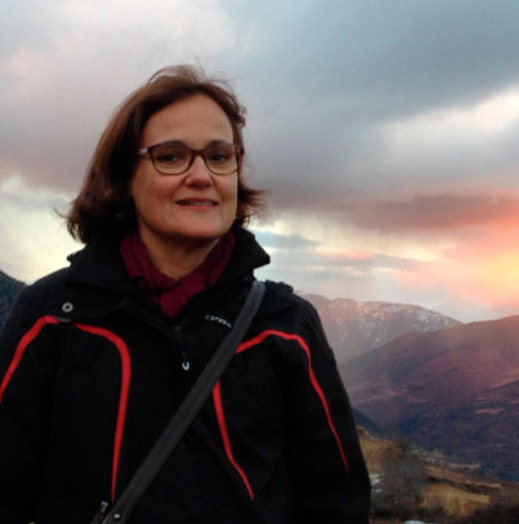
The Arab Berber conquest of the Iberian Peninsula from 711 AD onwards brought about a profound transformation of the agricultural landscape. Extensive research on irrigated, rainfed and even drained cultivation areas, both rural and urban, allows us to describe this process of transformation in considerable detail, with significant regional variations. The so-called Islamic Green Revolution, first identified by Andrew Watson on the basis of Arabic written sources, has been associated, in the case of al-Andalus, with the spread of plants and hydraulic techniques, as well as with urban development from the 10th century onwards. However, a broader view, which seeks to identify the impact of this process on the landscape and settlement organisation, reveals that Berber and Arab peasants made technical choices determined by the different conditions of the settlement sites in al-Andalus. This selection process followed new criteria compared to the Roman and Late Antique agrarian tradition.
Helena Kirchner (Medieval History PhD) is Professor at the Universitat Autònoma de Barcelona (Spain). Her areas of specialization are Medieval Rural History and Archaeology and Al-Andalus Archaeology. She has conducted research projects in the Balearic Islands, Valencia, Andalucía, Catalonia and in Yemen. She is currently the director of Agrarian Medieval Archaeology Research Group (ARAEM, Universitat Autònoma de Barcelona. The most relevant line of research has been the study of field systems from medieval times and, particularly, from the society of al-Andalus. Also, she studies the impact of feudal conquests on the settlement patterns and on the field systems. Parallel to this main line of research, she also has carried out studies on Andalusi pottery.
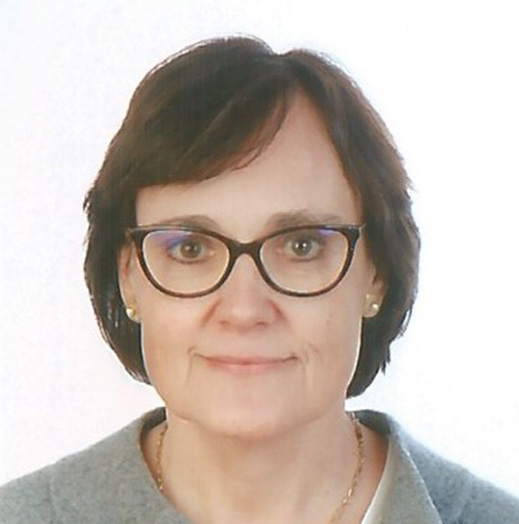
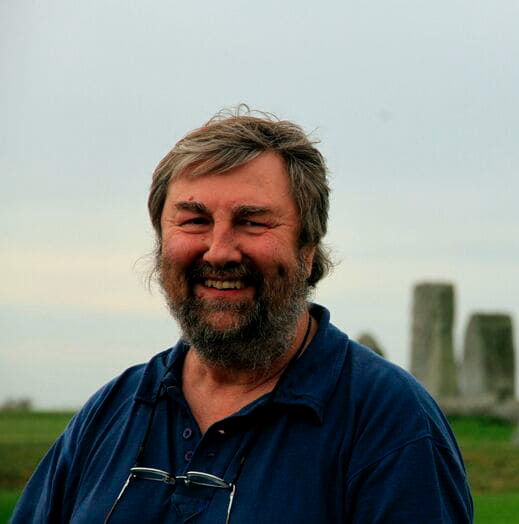
Stonehenge and its landscape have been studied by antiquarians and archaeologists for over 400 years but the advances that have been made in the last 20 years have massively improved our understanding of those prehistoric megalith-builders. Multidisciplinary research, combined with cutting-edge scientific analysis, has provided new insights into the Stonehenge landscape’s evolution, environmental setting, monumental development and structural integration. From large-scale geophysical survey to sophisticated analysis at the molecular level, researchers have pioneered and applied new methods that have led to a previously unforeseen level of detail and information, from the complexities of megalith-building to the parasitic infections of the megalith-builders. This landscape was a significant locale for over 6,000 years from the Early Mesolithic to the Middle Bronze Age, repeatedly returned to for large ceremonial gatherings that often included feasting and monument construction. Specific aspects of landscape topography provided natural symbols that were embellished by human engagement to create successive frameworks of meaning in people’s engagement with the natural and supernatural. Landforms, astronomy, megalithic stones and ancestors were all important ingredients in creating and maintaining this spirit of place.
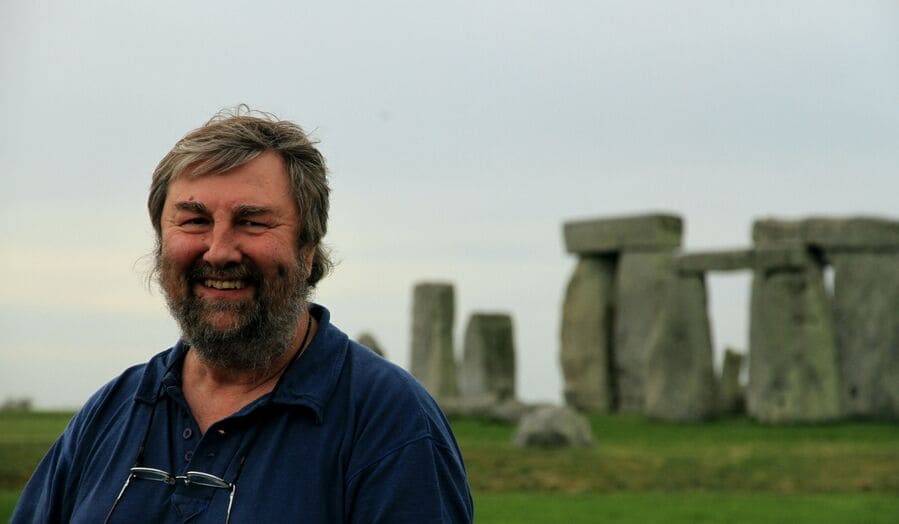
Mike Parker Pearson is Professor of British Later Prehistory at the Institute of Archaeology, University College London (UCL). After gaining a BA in European Archaeology at Southampton University in 1979, he was awarded a PhD at Cambridge University in 1985. He worked as an Inspector of Ancient Monuments for English Heritage until 1990. From then on, he lectured in the Department of Archaeology & Prehistory at Sheffield University where he was given a professorial chair in 2005, which he held until moving to UCL in 2012. He is a Fellow of the British Academy. He has worked on archaeological sites around the world in Denmark, Germany, Greece, Syria, the United States, Madagascar, Rapa Nui (Easter Island) and the Outer Hebrides. In 2004 he began the Stonehenge Riverside Project with colleagues Josh Pollard, Colin Richards, Julian Thomas, Chris Tilley and Kate Welham. Over the years, this evolved into two further projects: Feeding Stonehenge, and the Stones of Stonehenge.
Mike Parker Pearson
Institute of Archaeology
31-34 Gordon Square
London WC1H 0PY
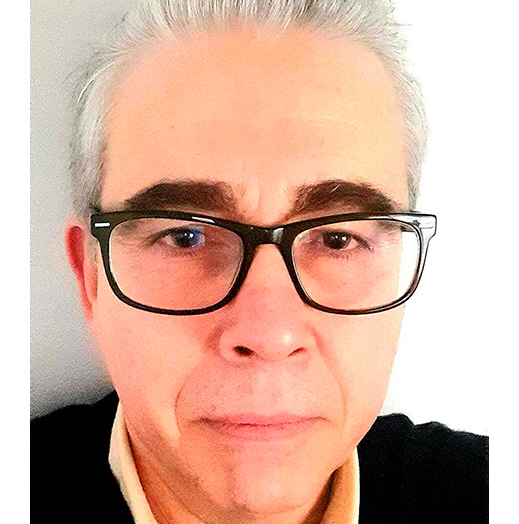
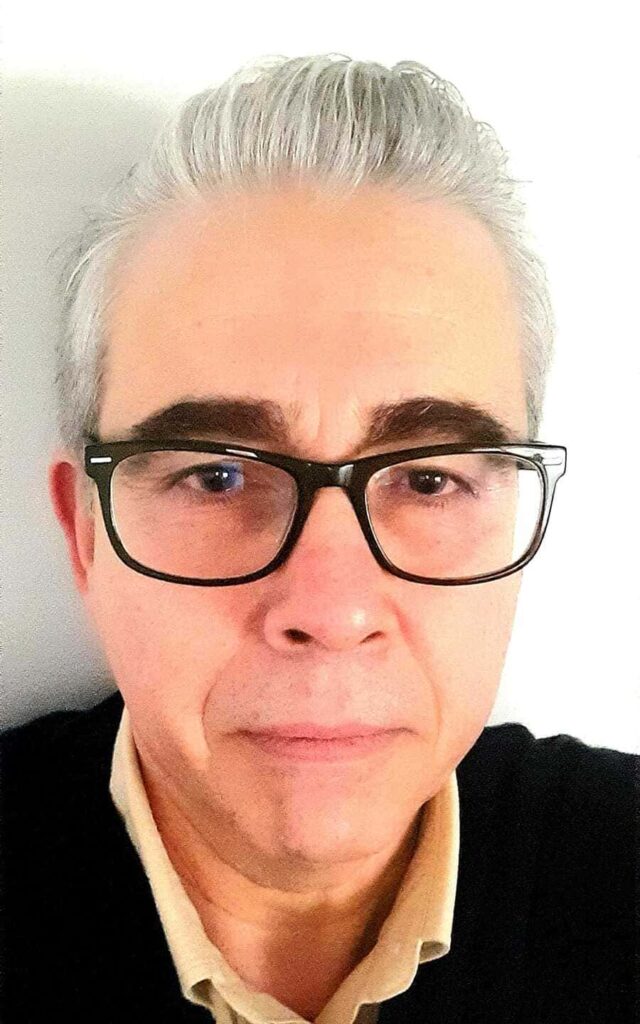
Pedro Díaz-del-Río has a permanent position as Scientific Researcher at the Instituto de Historia, Consejo Superior de Investigaciones Científicas. His research looks into the nature and circumstances of some of the major labor mobilization episodes of Europe´s Later Prehistory. He integrates archaeological science analyses into a political economy approach, focussing particularly on Iberia’s Neolithic and Copper Age societies. He is currently seconded to the European Research Council Executive Agency (ERCEA) as Scientific Officer in Panel SH6, The Study of the Human Past.
The European Research Council is the most prestigious funding agency in Europe. Its funding scheme (Starting, Consolidator, Advanced, and Synergy grants) supports excellent curiosity-driven science that is open to applicants at different career stages, from post-doctoral researchers to well-established professionals. ERC panel SH6, ‘The study of the human past’, has been a key factor in the transformation of the Archaeology of the 21st century. It has fostered a genuinely interdisciplinary approach to the materiality of the past and has promoted a sweeping change in the scale of observation. Between 2007 and 2022 the ERC funded 209 archaeological projects, with over 490 million euros invested in archaeological research. Understanding past landscapes has been a key part of this research, exploring the historical aspects of the climate, environment, and ecology of our human past. These aspects will be illustrated with some relevant ERC projects.
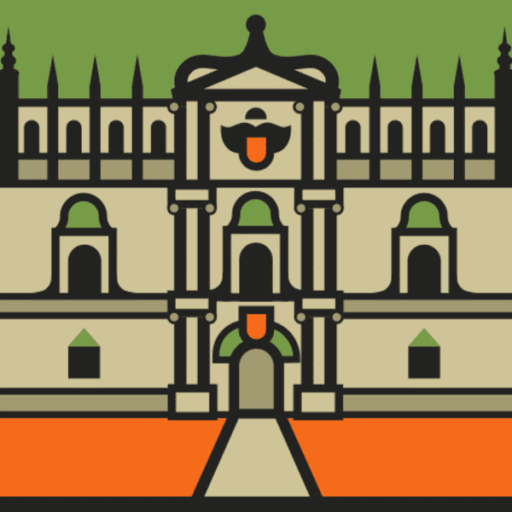
Mobility, settlement and people: an environmental approach
Places, people and identity: a conceptual challenge for Landscape Studies
Space vs site: human dynamics in landscape
Cutting-edge technologies and theories: a new perspective from Landscape Archaeology
Knowledge transfer and local communities in Landscape Studies
Landscape heritage values
Climate change and ancient natural and human-shaped landscapes: interdisciplinary approaches
Landscape Archaeology: visual and virtual perceptions
Landscape Archaeology and Landscape Ecology